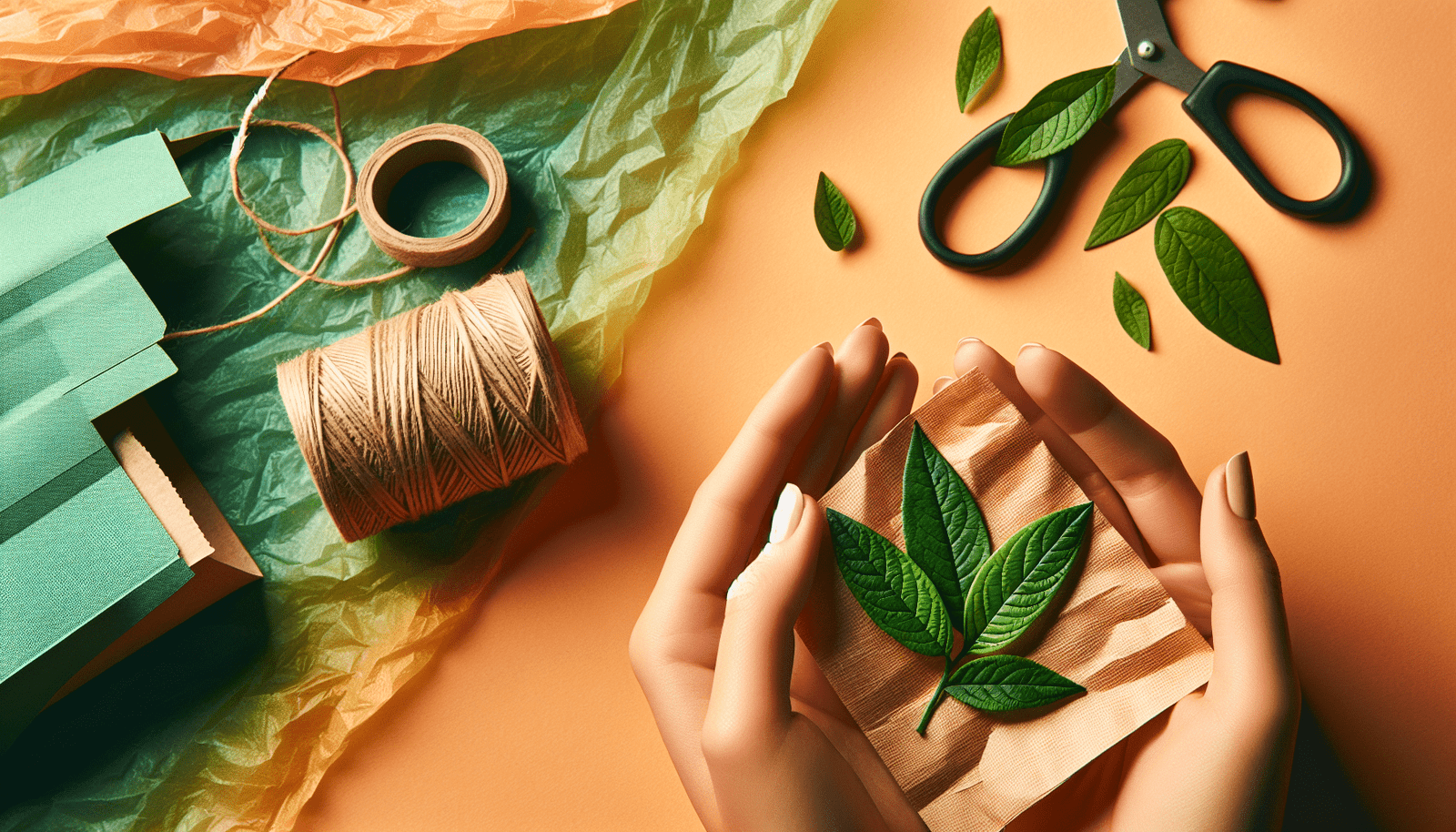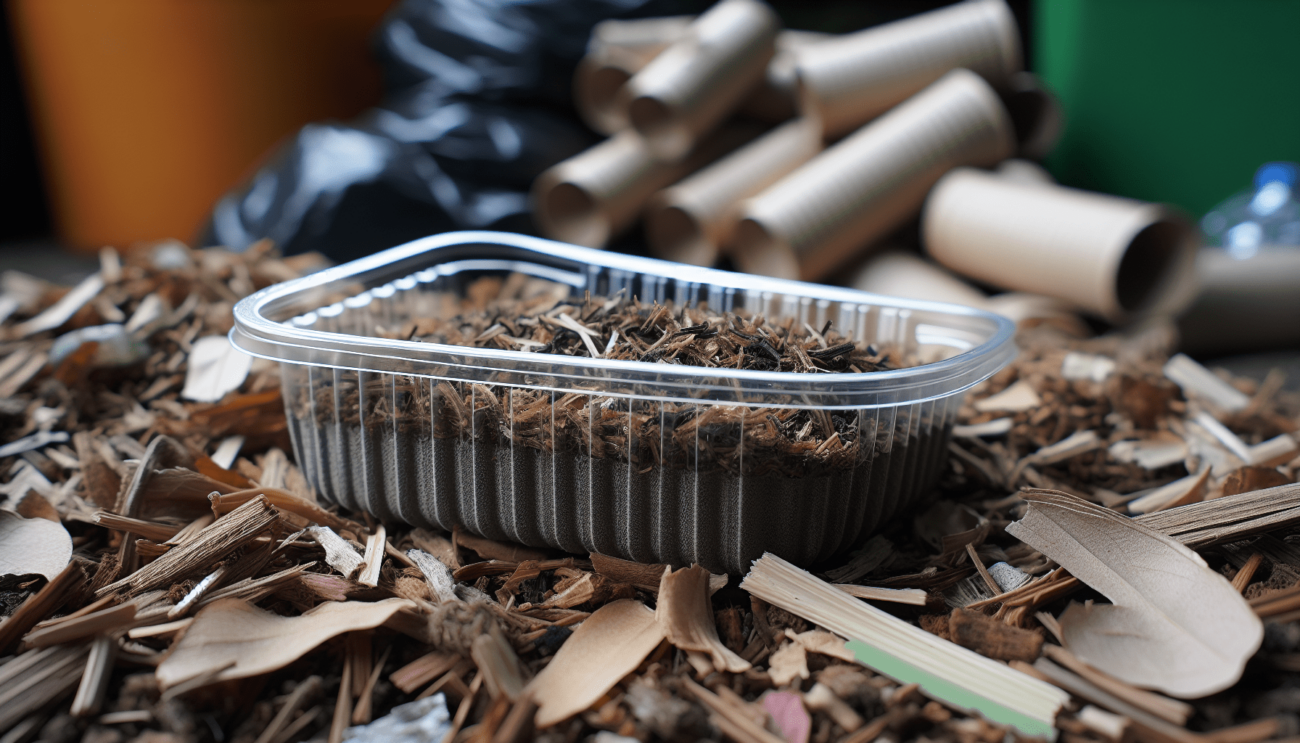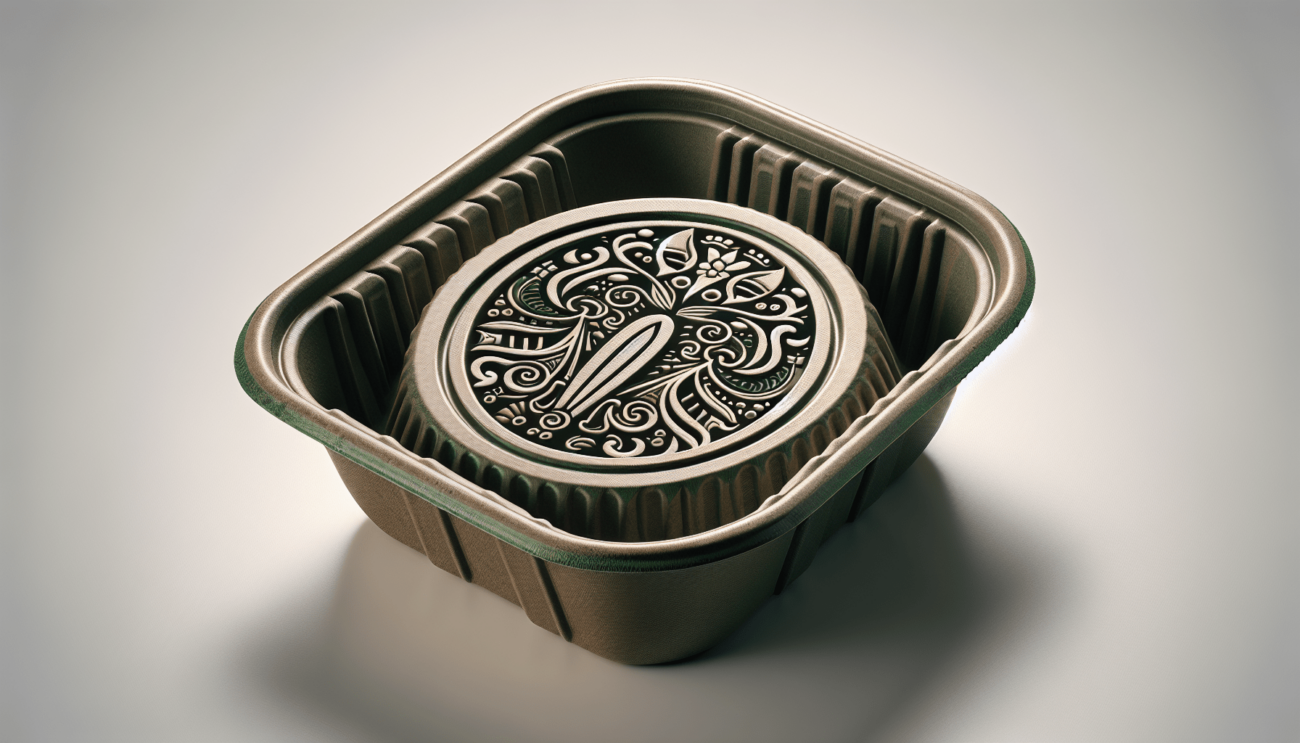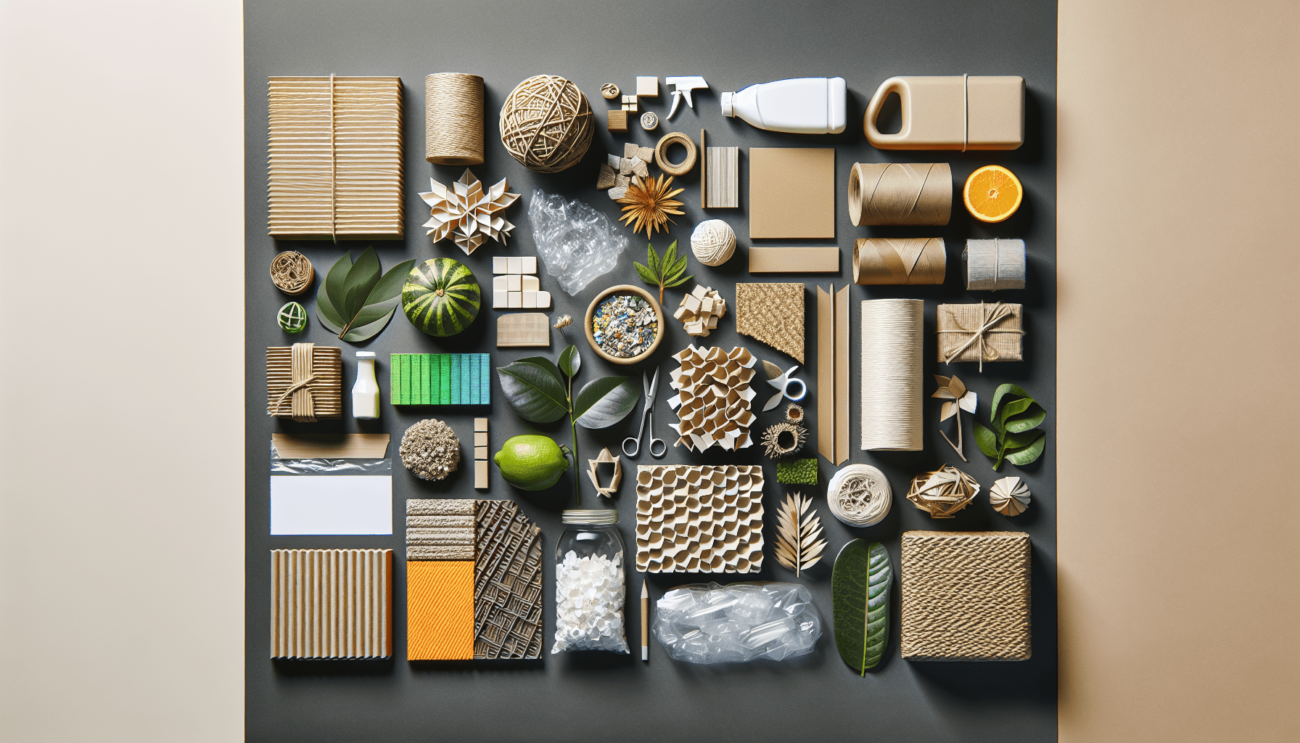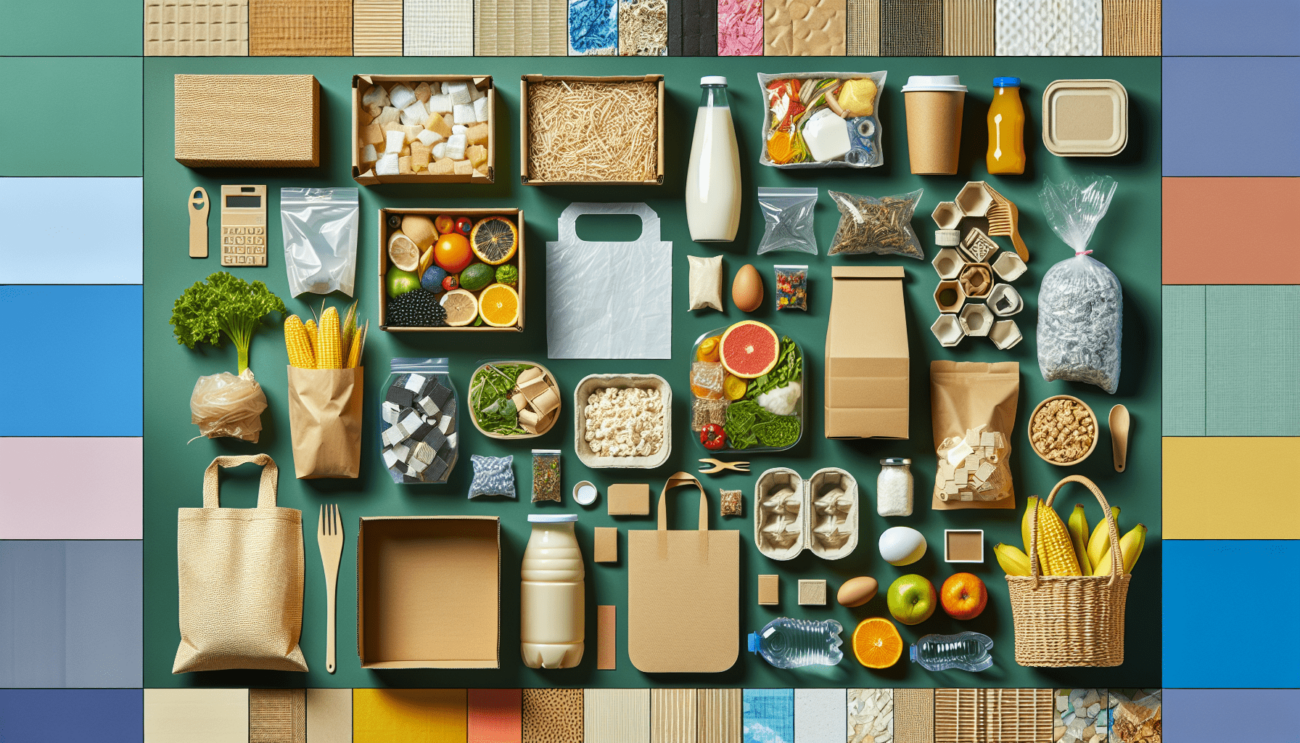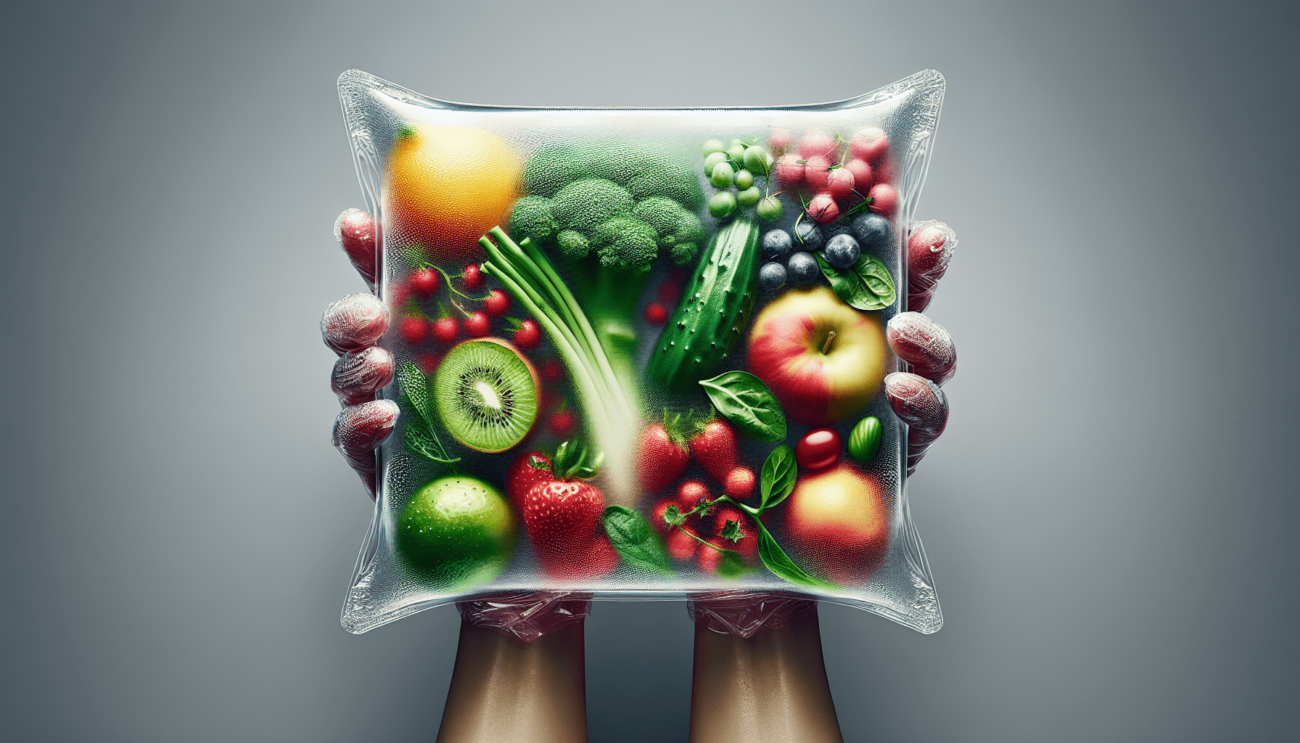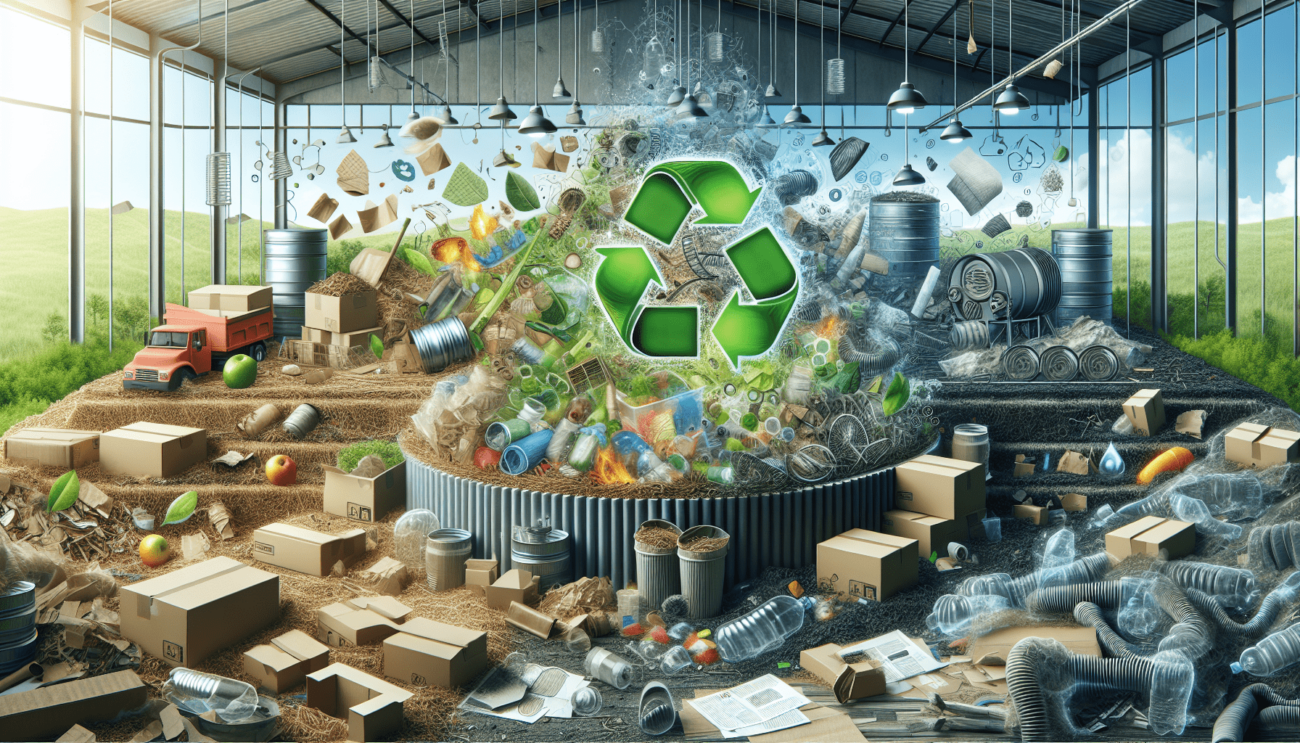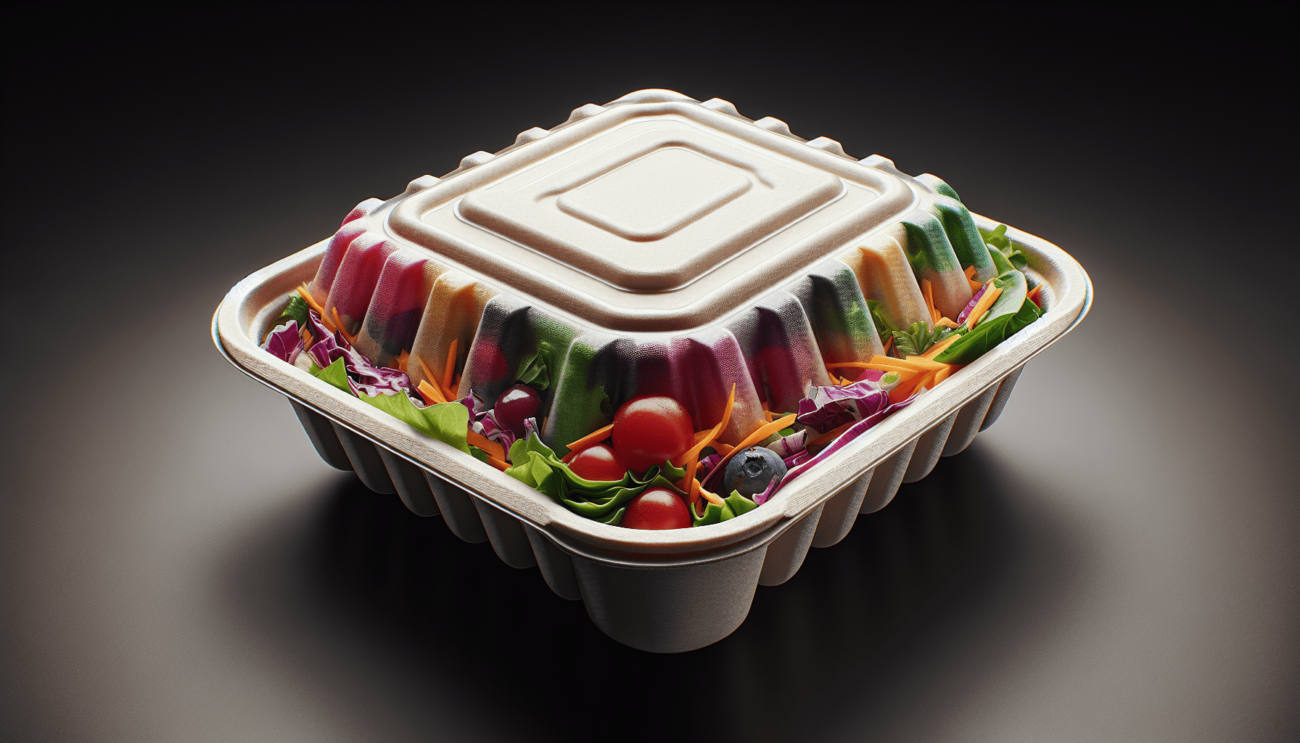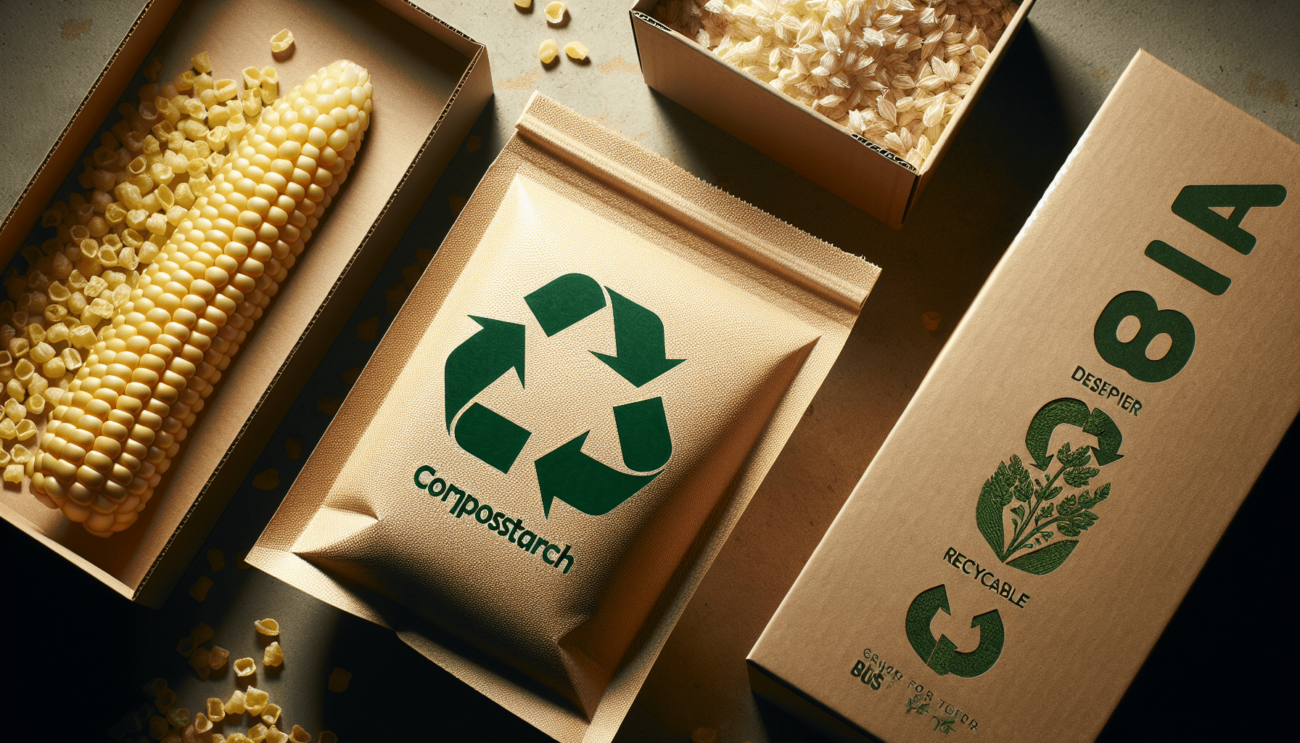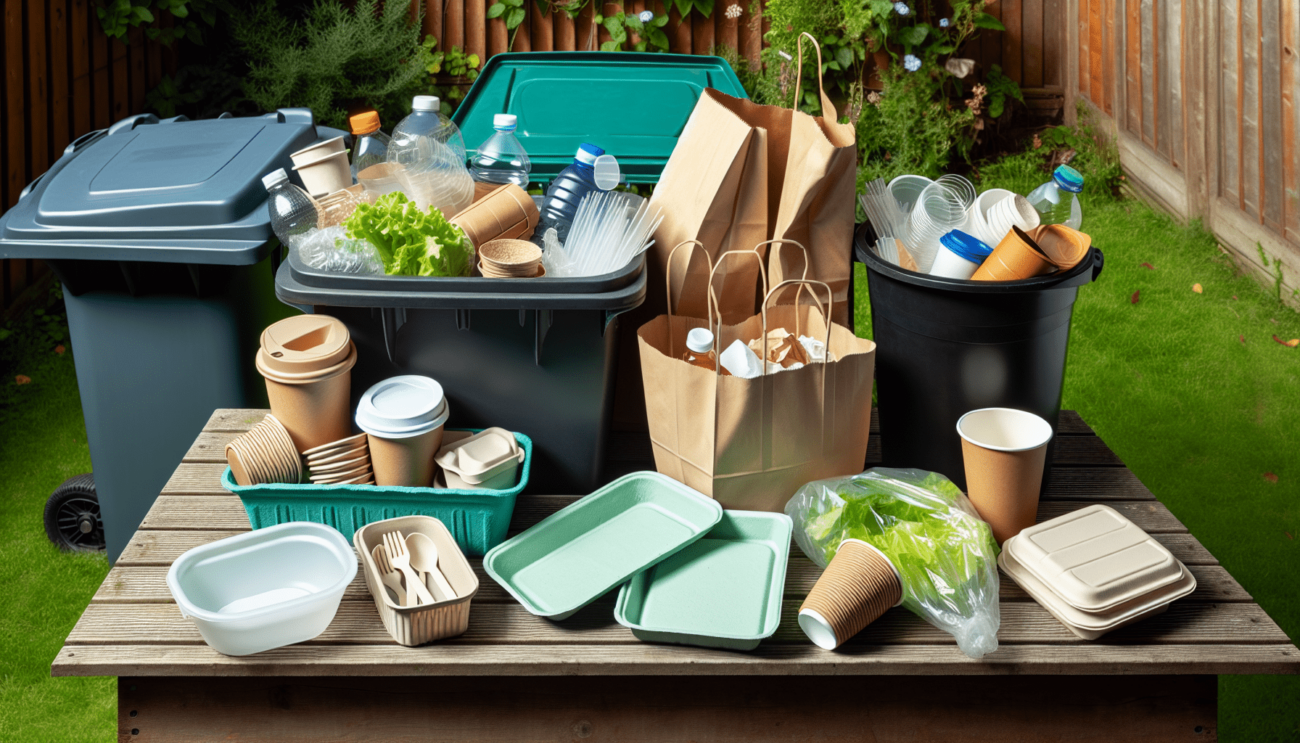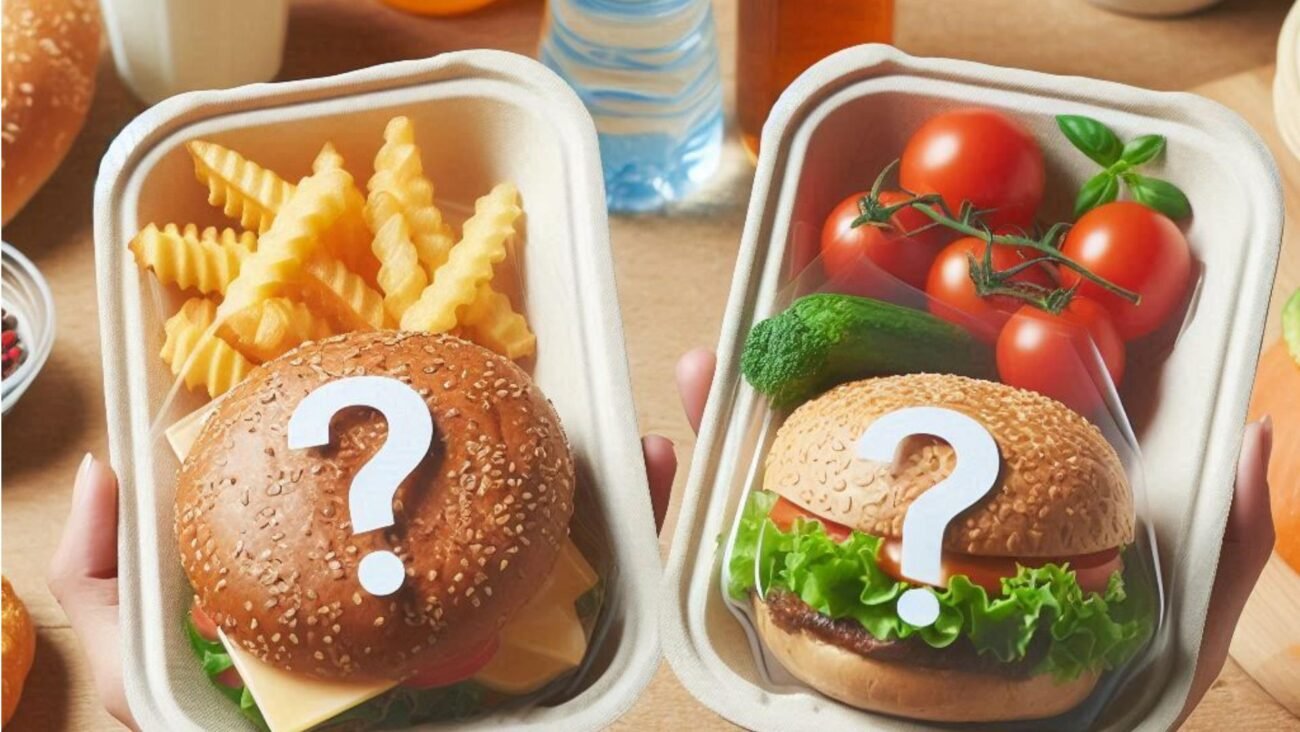What Makes Packaging Biodegradable Or Compostable?
If you’ve ever wondered about what makes packaging biodegradable or compostable, you’re not alone. With the increasing focus on sustainability and eco-friendly practices, understanding the differences between these types of packaging is crucial. In this article, we’ll delve into the specifics of biodegradable and compostable packaging, how they are made, their environmental benefits, and why they are essential alternatives to traditional plastic packaging.
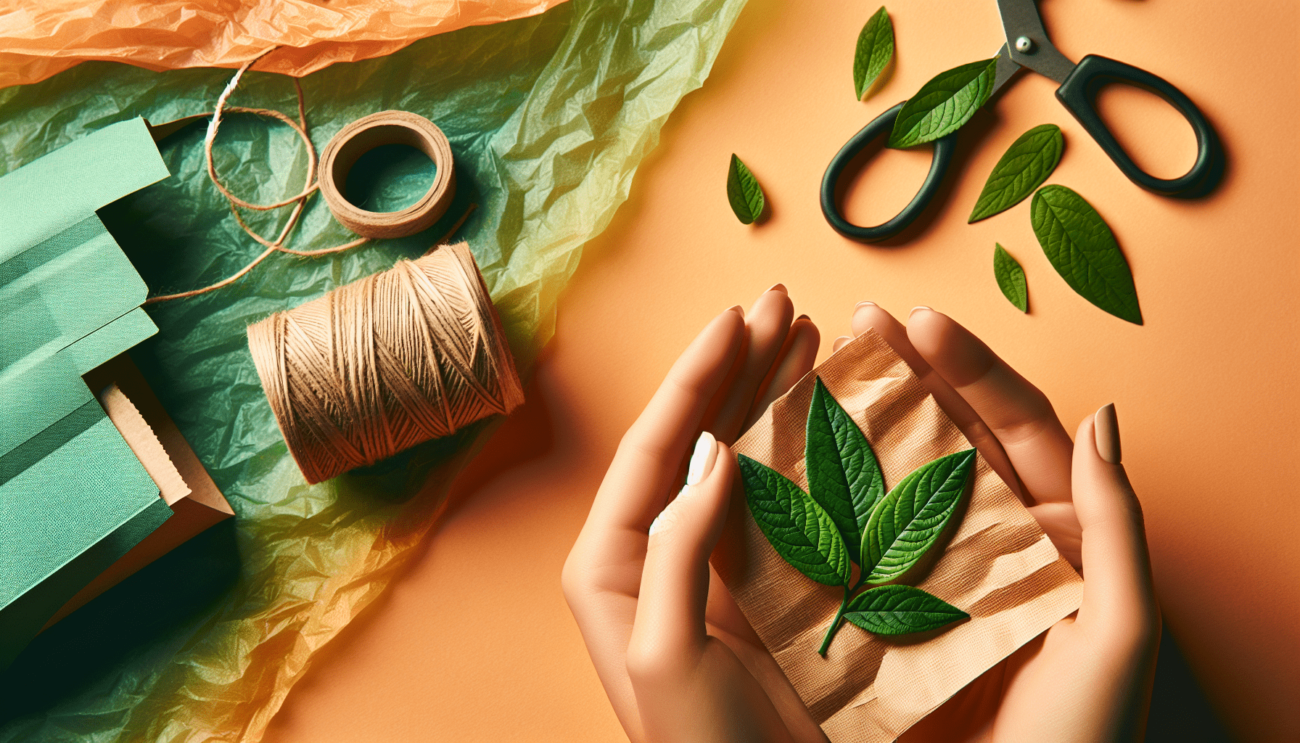
Difference Between Biodegradable and Compostable Packaging
Have you ever wondered what sets biodegradable and compostable packaging apart? While these terms are often used interchangeably, they have distinct differences. Biodegradable packaging breaks down naturally over time, eventually turning into organic matter. On the other hand, compostable packaging can break down into nutrient-rich soil when placed in a composting environment. Understanding these differences can help you make informed choices when selecting sustainable packaging options for your business or personal use.
Biodegradable Packaging
Biodegradable packaging is designed to decompose naturally over time. This process occurs through the action of microorganisms, moisture, and oxygen in the environment. Materials commonly used in biodegradable packaging include plant-based plastics, paper, and cardboard. Choosing biodegradable packaging helps reduce the amount of waste sent to landfills and minimizes the impact on the environment.
Compostable Packaging
Compostable packaging goes a step further than biodegradable packaging by breaking down into nutrient-rich compost in a composting facility. These materials can be broken down by microorganisms in an industrial composting environment, producing valuable compost that can be used to enrich soil and support plant growth. Compostable packaging can help reduce greenhouse gas emissions and contribute to a circular economy.
How is Biodegradable Packaging Made?
Have you ever wondered how biodegradable packaging is made? Biodegradable packaging materials are typically derived from renewable resources such as plant-based plastics, cornstarch, sugarcane, or bamboo. These materials are processed to create biopolymers that can break down naturally without harming the environment. The manufacturing process of biodegradable packaging involves using sustainable practices and reducing the carbon footprint associated with traditional plastic packaging production.
Types of Biodegradable Packaging Materials
Biodegradable packaging materials come in various forms, each offering unique benefits and applications. Some common types of biodegradable packaging materials include:
| Material | Description |
|---|---|
| Plant-based Plastics | Derived from plant sources such as corn, sugarcane, or potato starch, plant-based plastics are a sustainable alternative to conventional petroleum-based plastics. |
| Compostable Paper | From recycled paper pulp to sustainably sourced paper, compostable paper packaging is an eco-friendly option for various packaging needs. |
| Biodegradable Bamboo | Bamboo is a fast-growing renewable resource that is lightweight, durable, and biodegradable, making it an ideal material for packaging products. |
| Cornstarch Packaging | Cornstarch-based packaging is compostable, biodegradable, and can be transformed into bioplastics for a wide range of packaging solutions. |
The Environmental Benefits of Biodegradable Packaging
When it comes to sustainable packaging solutions, biodegradable packaging offers a host of environmental benefits. Choosing biodegradable packaging can help reduce the amount of waste sent to landfill, limit pollution, conserve natural resources, and lower greenhouse gas emissions. Additionally, the use of renewable materials in biodegradable packaging production promotes sustainable practices and supports a circular economy. By opting for biodegradable packaging, you can make a positive impact on the environment and contribute to a greener future.
How is Compostable Packaging Made?
Ever wondered about the process of making compostable packaging? Compostable packaging is made from organic materials that can break down into compost in a composting environment. These materials are typically derived from plant-based sources such as corn, sugarcane, or potato starch. The manufacturing process involves converting these raw materials into biopolymers that are biodegradable and can be composted to enrich soil. By choosing compostable packaging, you can support sustainable practices and reduce waste while benefiting the environment.
Types of Compostable Packaging Materials
Compostable packaging materials come in various forms, each offering unique advantages and applications. Some common types of compostable packaging materials include:
| Material | Description |
|---|---|
| Sugarcane Fiber | Sugarcane fiber packaging is made from bagasse, a byproduct of sugarcane production that is biodegradable, compostable, and suitable for food packaging. |
| PLA (Polylactic Acid) | PLA is a biodegradable polymer derived from corn or sugarcane that is used to create compostable films, bags, and food containers. |
| Wheat Straw Packaging | Wheat straw packaging is made from the leftover stalks of wheat plants and is compostable, eco-friendly, and a sustainable alternative to traditional packaging materials. |
| Mushroom Packaging | Mushroom packaging is created using mycelium, the root structure of fungi, and is biodegradable, compostable, and suitable for various packaging applications. |
The Environmental Benefits of Compostable Packaging
Compostable packaging offers a range of environmental benefits that make it a sustainable choice for businesses and consumers. By opting for compostable packaging, you can reduce waste sent to landfills, support composting initiatives, enhance soil health, and promote a circular economy. Compostable packaging materials are made from renewable resources, such as plant-based plastics, sugarcane fiber, or PLA, which further reduces the environmental impact of packaging production. Choosing compostable packaging is a proactive step toward a greener future and a more sustainable planet.
Why Choose Biodegradable or Compostable Packaging?
Have you ever considered why choosing biodegradable or compostable packaging is essential for the environment? Traditional plastic packaging poses significant challenges to the environment, such as pollution, waste accumulation, and resource depletion. By opting for biodegradable or compostable packaging, you can reduce your carbon footprint, minimize plastic pollution, and support sustainable packaging practices. These eco-friendly alternatives offer a way to mitigate the negative impact of packaging on the environment while promoting a greener, more sustainable future.
Benefits of Biodegradable and Compostable Packaging
Biodegradable and compostable packaging offer a range of benefits that make them attractive options for businesses and consumers alike. Some of the key benefits include:
-
Environmental Sustainability: Biodegradable and compostable packaging help reduce waste sent to landfills, promote recycling and composting, and support sustainable practices.
-
Resource Conservation: By using renewable materials such as plant-based plastics or sugarcane fiber, biodegradable and compostable packaging help conserve natural resources and reduce reliance on fossil fuels.
-
Waste Reduction: Choosing biodegradable or compostable packaging helps minimize pollution, litter, and waste accumulation in the environment, leading to cleaner oceans, rivers, and landscapes.
-
Carbon Footprint: Biodegradable and compostable packaging have a lower carbon footprint compared to traditional plastics, reducing greenhouse gas emissions and mitigating climate change.
-
Circular Economy: Biodegradable and compostable packaging support a circular economy by promoting the reuse, recycling, and composting of materials, creating a more sustainable packaging lifecycle.
By opting for biodegradable or compostable packaging, you can make a positive impact on the environment and contribute to a more sustainable future for generations to come.
Conclusion
In conclusion, understanding what makes packaging biodegradable or compostable is essential for businesses and consumers looking to make sustainable choices. Biodegradable and compostable packaging offer eco-friendly alternatives to traditional plastic packaging, with unique benefits that help reduce waste, conserve resources, and promote environmental sustainability. By choosing biodegradable or compostable packaging options, you can support sustainable practices, lower your environmental impact, and contribute to a greener, more sustainable planet. Making informed decisions about packaging materials can make a significant difference in reducing plastic pollution, conserving natural resources, and creating a more sustainable future for all.

